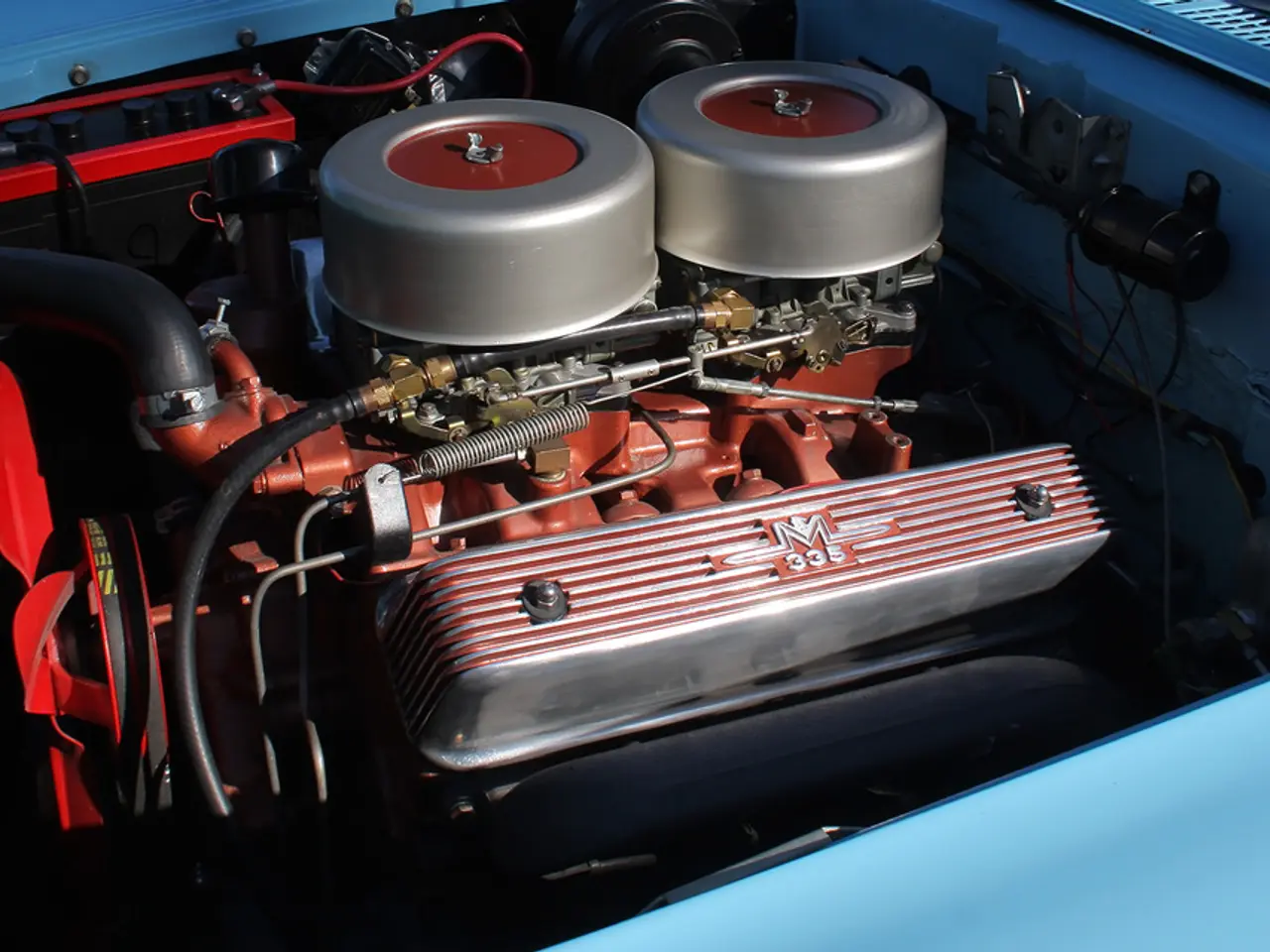AI-Driven Data Networks in an Era of Autonomous Intelligence: Empowering Industrial Cognizance
In the rapidly evolving landscape of industrial AI, ensuring robust and reliable data pipelines is paramount for successful deployment. Here's how you can achieve this:
To handle the diverse data sources from various industrial systems, it's essential to use flexible, ready-to-use data extractors and connectors that support a multitude of industrial protocols and data formats. These modern data pipelines should ideally accommodate both batch and real-time ingestion, providing adaptability.
When choosing a tech stack, opt for connectors that cover industrial data sources and support various formats, volumes, and speeds. Flexibility is key to avoid vendor lock-in and to handle data variety efficiently. Additionally, prefer tools that are easy to implement and scale, enabling quick onboarding and fast time-to-value within the industrial context.
To maintain pipeline reliability, implement comprehensive monitoring and alert systems at the data source and throughout the pipeline. These systems should detect anomalies like schema drift, missing values, or format discrepancies early. Utilize AI-driven quality monitoring tools to automate anomaly detection and maintain consistency.
Error handling and recovery mechanisms, such as automatic retries, dead-letter queues for failed messages, and continuous health checks that alert administrators proactively to failures or interruptions, are also crucial.
To ensure reliable and timely data flows, design pipelines with auto-scaling capabilities to handle peak data volumes without manual intervention, optimizing both performance and costs. Use end-to-end encryption (TLS/SSL in transit and at-rest encryption) to secure data flows and meet compliance requirements in regulated industrial sectors.
Leverage low-latency, high-bandwidth networking infrastructure, especially important for AI workloads that require fast data preprocessing and model evaluation in near real-time environments. Architect pipelines to follow data lifecycle best practices, such as minimizing redundant data copies, using efficient data formats like Parquet or Avro, and implementing data archival policies to manage storage costs and maintain data freshness.
In addition to these strategies, investing in high-performance computing and GPU acceleration for training AI models efficiently is recommended, especially for complex modeling typical in industrial AI applications. Utilize parallel processing on distributed systems to ensure scalability and manage high compute and data volumes.
Flexibly combine on-premises, hybrid cloud, and edge computing setups to reduce latency and meet data sovereignty or regulatory constraints in industrial environments. Vendors and open-source ecosystems are increasingly offering plug-and-play integrations for industrial use cases, which can further streamline data integration and reduce engineering overhead.
By integrating these approaches, you can build robust, reliable data pipelines that effectively support industrial AI deployment at scale. The real value in data pipelines lies in delivering the right data at the right time, in the right format, consistently and reliably.
Investing in modern, resilient data pipelines can provide industrial organizations with a competitive edge, offering faster time to insights, reduced operational costs, and the ability to continuously improve processes with data-driven intelligence. Ensuring reliable, timely data delivery makes AI actionable, as delayed or missing insights can result in missed savings, increased risk, or equipment damage.
In conclusion, building pipelines that can ingest, normalize, monitor, and deliver data from a wide variety of sources in real time is essential to scaling AI across the enterprise. Integration of diverse sources of data reduces the manual burden on data teams and accelerates time-to-value for AI projects. Seamless access to data across the operational technology (OT) and IT stacks is necessary for AI systems to have a full picture of operations. Industrial data pipelines have become central in the deployment of AI in industrial settings, making them mission-critical for the successful implementation of AI agents in these environments.
To construct data pipelines capable of handling diverse industrial data sources, prioritize the use of versatile, ready-to-use data connectors that cater to a range of industrial protocols and data formats. In the selection of a tech stack, focus on connectors that support different data sources, formats, volumes, and speeds, and exhibit adaptability (data infrastructure, data-and-cloud-computing, technology).
To guarantee the reliability of these data pipelines, it's necessary to implement comprehensive monitoring and alert systems that can detect anomalies, such as schema drift or missing values, and automate anomaly detection using AI-driven quality monitoring tools (data infrastructure, data-and-cloud-computing, technology).




